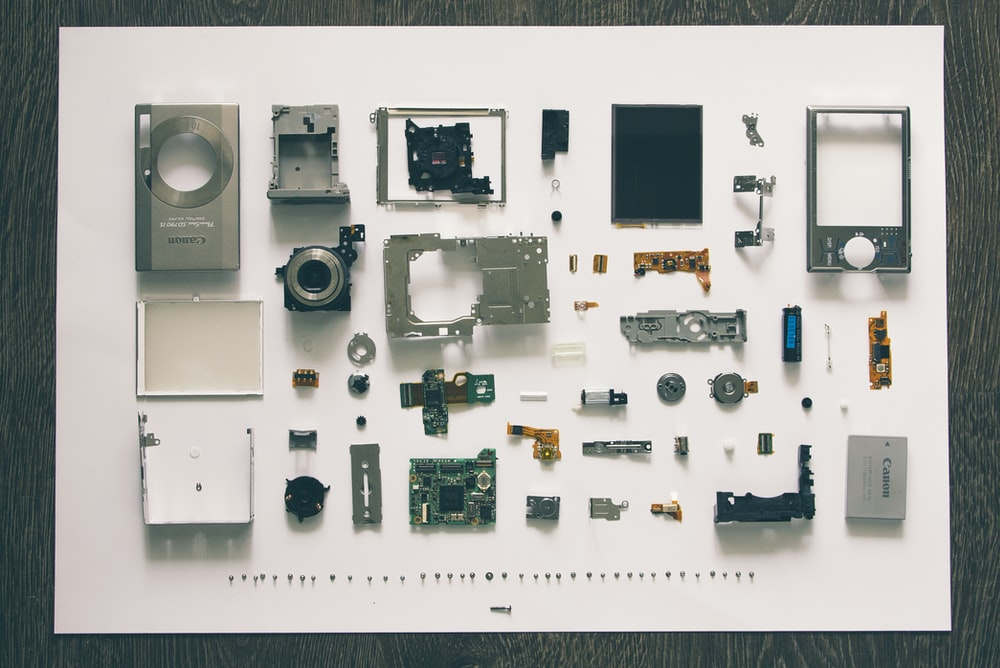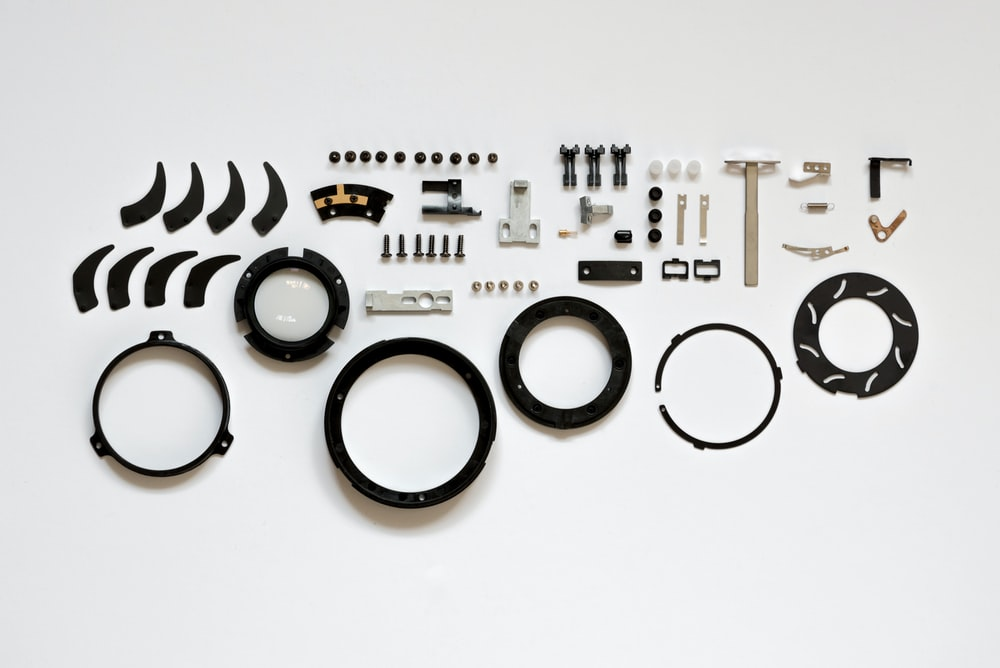Honing is the most essential step of a cylinder manufacturing process. It removes grit particles and sharp angles to achieve a smooth, round surface. Honing also removes material, helps heat transfer, and smoothens internal surfaces that can be later machined or turned. In this blog, we will discuss honing and the processes in which it’s used for cylinder manufacturing.
What is honing?
Honing removes material from a surface, using a honing tool. In the market, there are many different honing tools that vary in size and shape. There are also many different types of honing stones and cutting wheels. This makes it difficult to get information on just what type of stone and wheel will work best on each cylinder application without prior testing.
The most common wheel shape is a spherical form, which is used to achieve a perfectly round honed surface. This shape provides the best surface contact and results in a superior bowl finish. The second most common wheel type is the cone or tapered shape, which is used to achieve a “harder” finish. The honing stones’ exact shape, size, and hardness will vary with each application and manufacturer.
Types of Honing
The process of honing cylinders is sometimes referred to as “honing and finishing”. There are three different types of honing: edging, lapping, and grinding/polishing. The process of edging the bore is done to remove any sharp edges that may be present in the cylinder walls. These sharp edges can cause scoring, stick-slip, or damage to the piston skirts.
Lapping is sometimes referred to as “in-bore grinding”. It’s accomplished by using a series of lapping pads rotating in the cylinder bore while being lubricated and cooled by an air stream. This process cleans and lubes the bore walls, as well as removes minor scratches from previous honing operations that may be present on cylinders with internal coolant passages.
Grinding/polishing uses a grinding stone wheel similar to a belt sander or bench grinder to remove material from the cylinder surface. These wheels have an abrasive surface (usually tungsten carbide) and are used to remove material from the cylinder bore.
Grinding Cylinder Bore
The type of honing used in grinding a cylinder bore depends on the type of surface being machined. If it’s a flat surface, you will most likely be using a grinding wheel. You can also use a decking wheel for removing material from all types of surfaces, such as hard castings, tubing, millings, and cylinder walls. The main differences between grinding and polishing are the grit size, cut depth, and speed of operation.
The process of grinding is used for various purposes, including removing material from surfaces such as castings, tubing, millings, and cylinder walls. The grit sizes and depths are chosen by the manufacturer based on their application. For example, if it’s a cast iron that you need to grind, then you can use a “coarse” grit (i.e., 1–2 microns) to remove material faster without scoring or scratching the surface.

At MD Design & Automation, we offer a wide variety of machining, design, and automation services. Our services include precision machining & manufacturing, precision cnc machining services, Jig grinding, Cnc production, Cnc and manual turning, 4 and 5 axis machining, precision grinding, CMM inspection, electrical discharge machining Wisconsin, EDM machining, short-run machining, manual milling turning Wisconsin, and much more. You may get in touch with us at 262 338 1988 or request a quote for your project right away!
